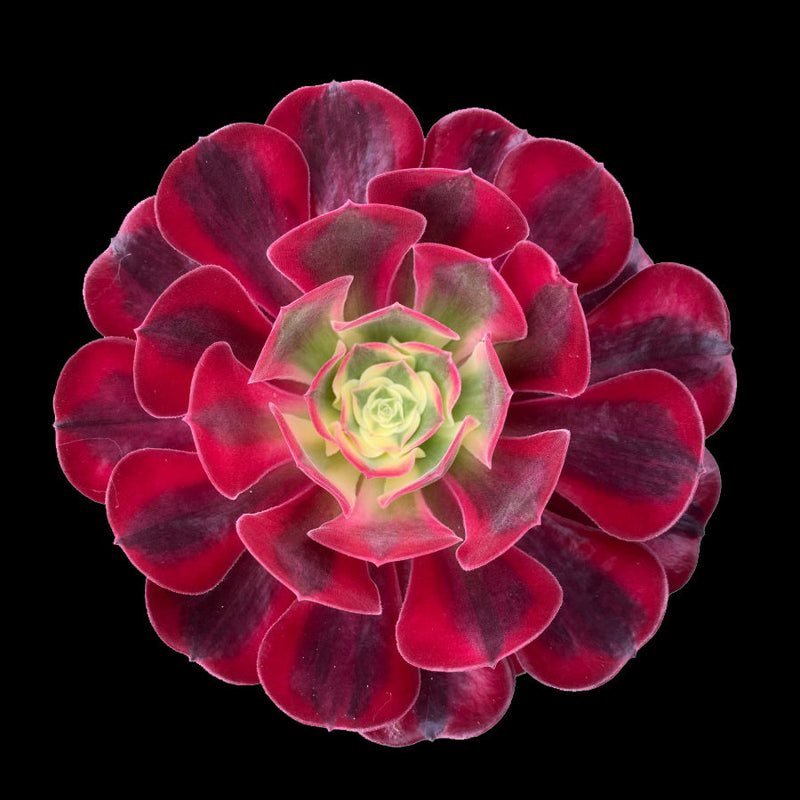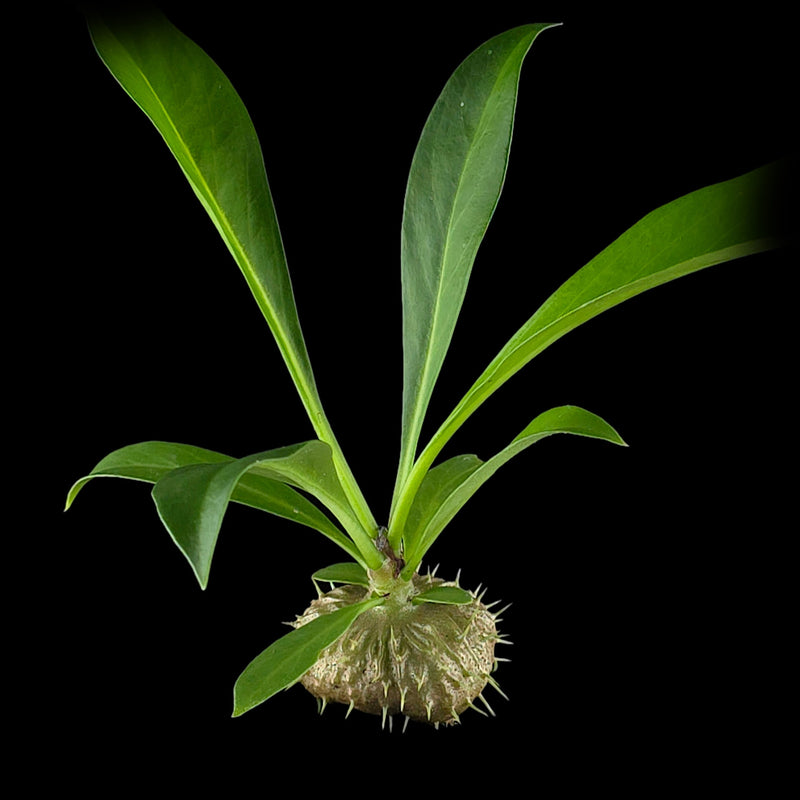Cymbidium orchids are by far the most popular orchids to be grown in Southern Australia and in most cooler climates around the world. Renown for their ease of care, hardiness, beauty and exotic mystique, they make a perfect gift.
- Originally bred from wild orchids from the mountains of India and South East Asia they are well suited to our conditions here in Melbourne as the climate is very similar to that in their native environment.
Hybridized by man, for over 100 years, the range of colour, size, growth habits and shape is now very different from the original species.
Cymbidium flowers can vary from 1cm to over 15cm across with up to 50 blooms to the raceme (spike).
The range of colours in cymbidiums now varies from deep chocolates through to snow whites, yellows, golds and all the shades of reds and browns as well as every hue of green.
Cyms can vary from small miniatures that suit baskets to huge specimens that can be over a meter across.
Flowers have incredible life spans with ages from 4 weeks to 12 weeks for a single flower.
As a cut flower cymbidiums can last 2 to 3 weeks.
Many people are scared to try growing orchids under the assumption that they are exotic plants and are therefore difficult to grow.
As you read on your will appreciate just what a simple and hardy herbaceous perennial these plants really are.
Most of this apparent mistrust of cymbidiums stems from a lack of spikes many growers experience. Something as simple as moving the plants to a position of higher light can encourage all the plants to come into bloom. A healthy well grown orchid will produce flowers spikes every year and a plant 10 years old can produce from 10 to 20 flower spikes.
Location:
Cymbidiums appreciate a protected position away from strong hot sun, heavy winds and direct frost.
The perfect environment should be warm,airy and bright and preferable off the ground. Northern facing verandas and patios are excellent if they are covered
Some tips to remember.
- The sun moves higher in the sky in summer so watch shadows to find a suitable position. Hot sun (Over 30c.) will scold your leaves.
- Most of our foul weather comes from either the south-west (cold winds) or the north west (hot winds) so keep this in mind when positioning your plant.
- Certain trees and shrubs are great for placing your orchids under, because of their sparse open nature. Most gums and wattles are fine as are other evergreens as long as the canopy is not too thick. If you place your hand above the foliage and find there is a light shadow then the light is perfect. Evergreen trees that may be great in summer may become too dark in winter so you may need to relocate plants depending on season.
- Cold glasshouses, and plastic or fiberglass roofed shade houses produce the best results. Similar results can also be gained from under the eaves or covered patios but watch your watering as these tend to be dry positions.
Watering :
Cymbidiums require watering all year round.
Plants left to dry out for long periods will survive but will not flower well in the next year or two.
Watering is as required and is determined by the location. Look at the mix in the pot.
If the top is moist watering is not required.
If the pot is cold or has moisture on it then it may be okay for another day or two.
As a guide use the following.
Summer: Two to 3 times per week. Daily or twice daily in hot weather.
Autumn: Once to twice per week. Slightly more often if warmer.
Winter: Once per week or two if under cover. Possibly not at all if in the rain Spring:
As for autumn.
Cymbidiums have stout roots up to 6mm thick. These roots act like blotting paper when watered. The roots are designed to grow on trees and in leaf litter and hence require plenty of air around the roots, because of this cyms will not grow well in normal soils or potting mixes and must have specially prepared potting mix available at most nurseries.
Without a good open mix it is easy to damage the roots with excess water.
Water on flowers can greatly shorten flower life
Bring flowering plants under cover to maximize the flower life but do not forget to water the plant more often as flowers use up far more water than the plant would normally use. Overhead misting will help keep the air around your orchids humid and tropical. Cymbidiums love this during hot spells.If you are fortunate enough to have an orchid growing area, consider putting in an inexpensive polypipe misting system for those very hot days.
Feeding : Cymbidiums as with all plants require regular feeding. Without food a plant will not mature its bulbs and hence may not produce flowers or new bulbs to flower next year. For lazy gardeners, slow release plant foods applied in spring will help the plant greatly. We recommend Osmocote plus 8 to 9 months at recommended dose. For even better results try the addition of liquid fertiliser at recommended strength a few times over the warmer months.
For the person who wants the best results use any of the following liquid fertilisers the following strength.
Aquasol, Johnson's, Thrive, Campbell's or Peter's at around 1 to 2 grams per litre (1 teaspoon in 5 Litres).
This is applied with a watering can as often as weekly during the warmer growing season from September to May.
Special Tips!!! -
We recommend the use of dolomite lime to prevent the pH of your potting mix from getting too low.
Low pH may damage the roots, sour the mix and also reduce the fertilizers available to your plant.
It also supplies the orchid with calcium, an essential chemical needed by cymbidiums but lacking in all fertilisers available.
Use at the same rate as for Osmocote but apply it 6 months after potting and then yearly.
Pests and Diseases:
Like most cultivated plants ,orchids are attacked by various pests and diseases. We will briefly try to cover these.
Slugs and snails Are easily controlled by snail baits. Use them regularly and especially after rain and also when the flower spikes are first protruding out of their protective papery sheaths.
Spider mites. Your plant if affected will lose vigor and slowly become limp and lifeless.
These tiny and quite microscopic 8 legged sap sucking creatures flourish in warmer and dryer orchid houses. Mavrik will keep them under control.
Scale. Another pest that sucks the sap of your orchid. These tiny tick like insects live under protective scallop like shells. Once established they can be very difficult to control.
Even when dead, the shell remain and it can be difficult to tell if the control measures have worked. We recommend Antiscale or any of the scale oils. It must be sprayed on both upper and lower surfaces of the leaves.
Rots and fungal diseases.
Cymbidiums rarely suffer from disease.
The only problem a home garden may face is problems associated with plants kept in cold, dark or excessively wet spots.
Plants not in good health or in mixes where the root system is damaged by excess water may rot.
If this occurs the best treatment is to dry the plant out or divide up the plant removing all the rotten parts, cut areas can be treated with sulphur or a similar powder and the plant repotted.
Watering should be kept to a minimum for a few weeks and the plant kept in an airy position.
Plants most susceptible to rotting are neglected plants in very old mixes or plants kept under very dark positions in the winter months.
If this is a problem, relocate these plants to a much sunnier position and if possible in an area that is sheltered from the worst winter rains.
Repotting :
Cymbidiums do not grow in soils in nature but as epiphytes with their roots exposed or in decaying timber and leaf litter.
The roots require regular watering but need to breath between waterings and so require a good open media that allows both water and air to enter freely.
A number of preparations are available.
We recommend for Melbourne conditions a coarse composted (not aged) bark as our winters are very wet and cold.
Bark allows better drainage and air movement than some of the mixes that may suit Adelaide or Sydney better.
It is important though, that a grade suited to the size of the orchid is used.
The following is a rough guide to the bark size.
Small seedlings up to a 15cm pot: 5-10mm. grade
Large seedlings up to flowering size: 8-18mm. grade
These media's will last for up to 3 years and supply plenty of air space for the roots.
Repotting is done every 2 to 4 years and is best indicated by the plant bulbs filling the pot or the plant not growing well over the past year.
A healthy plant should grow 1 to 2 new bulbs each year from each bulb that grew the previous year.
When repotting, the roots should be teased apart to remove old potting mix and then dead roots are to be removed.
If required a plant may then be divided into two or more plants by twisting and tearing the bulbs apart.
For best results keep each plant as large as possible otherwise the flowering will be retarded for 1 to 2 years.
A plant has three types of bulbs. 1. Old back bulbs without leaves. These bulbs are not important to the plant and act as a reserve food supply for emergencies. It is advisable to leave one of these on each divided plant. Back bulbs can make new plants but they may take years to flower.
- Old bulbs with leaves. These bulbs support the new growth and may produce flowers for a number of years depending on the variety. When dividing, the plant must retain at least two old bulbs or have one back bulb attached to be able to reflower next year.
- New leads or bulbs. These are the youngest bulbs on the plant and it is from these that the flowers and most new growth comes. When dividing, at least 1 old bulb and one back bulb must be retained with this bulb to ensure that the plant may flower the following year.
Special tips!!
Keep your orchids off the ground.
This keeps worms, slaters slugs and snails out of the potting mix. These creatures break down the mix and cause it to become soggy.


































